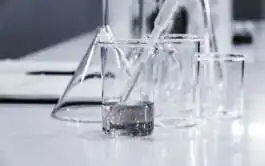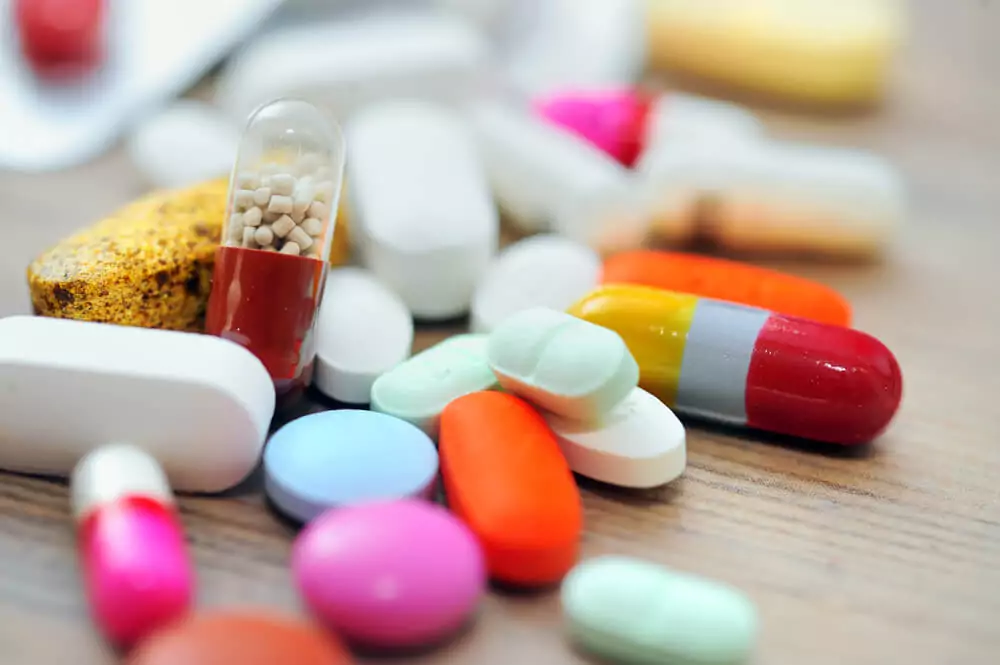European Commission Goals for Sustainability in the Pharmaceutical Industry
While the environmental impact associated with the manufacture of pharmaceutical products can often go unnoticed, in general, companies are becoming increasingly more aware of the environmental impact and the importance of sustainability throughout the pharmaceutical manufacturing industry. Examples of sustainability include the development of products that pose a lower environmental risk or facilitate the recycling of waste water or promote the use of greener manufacturing methods. Thus, the European Commission (EC) have issued a common goal across Europe to achieve a sustainable Europe by 2030.
An environmental risk assessment is now mandatory for all applications for a Marketing Authorisation (MA) for human and veterinary medicinal products. However, risks to the environment remain, which is due in part to the fact that elements of the legislation was only recently introduced
Pharmaceutical residues have the potential to enter the environment during manufacture, use and disposal of medicinal products. Residues of several pharmaceuticals have been found in surface and ground waters, drinking water, soils and animal tissues in varying concentrations depending upon the pharmaceutical properties and the nature and proximity of sources. Examples of such residues include painkillers, antimicrobials, antidepressants, contraceptives and antiparasitics.
The European Commission (EC) acknowledge that the evaluation of the environmental concentrations of pharmaceuticals and their associated level of risk is not fully understood, and that further research is required to better understand the extent of the current environmental impact of pharmaceutical residues.
On the 11 March 2019, the European Commission (EC) issued a Communication which outlines a strategic approach to pharmaceuticals in the environment.
The main objectives specifically outlined in this Communication are as follows:
- Identify actions to be taken or further investigated to address the potential risks from pharmaceutical residues in the environment, not least to contribute to the Union’s action on combatting antimicrobial resistance;
- Encourage innovation where it can help to address the risks, and promote the circular economy by facilitating the recycling of resources such as water, sewage sludge and manure;
- Identify remaining knowledge gaps, and present possible solutions for filling them;
- Ensure that actions to address the risk do not jeopardise access to safe and effective pharmaceutical treatments for human patients and animals.
This Communication sets out six areas for action, concerning all stages of the pharmaceutical life cycle where improvements can be made. These are as follows:
- Increase awareness and promote prudent use of pharmaceuticals
Promoting the prudent use of medicinal products which pose a risk to or via the environment, including antimicrobials, could significantly reduce the problem at source. Member States and medical professionals have a key role to play in this context, but the Commission can play a role by bringing together relevant professionals, contributing to the funding of certain training programmes, ensuring that relevant legislation is adopted, implemented and enforced, and partnering with international organisations.
- Support the development of pharmaceuticals intrinsically less harmful for the environment and promote greener manufacturing
The pharmaceutical industry needs to be encouraged to take the environment, from a lifecycle perspective, more into account through the design and manufacturing stages. Since the industry acts at global level and its actions can have global reach, it makes sense for the Union to ensure a level playing field as regards environmental and health protection across the Union, and to stimulate responsible behaviour also outside the Union.
- Improve environmental risk assessment and its review
It’s important that risk assessment and guidance development are coordinated and involve all relevant expertise. Data sharing and improved access to data could facilitate better risk management, as could retrospective environmental risk assessment for several products already on the market, and earlier availability of the risk assessment data.
- Reduce wastage and improve the management of waste
Less wastage of pharmaceuticals and proper disposal would reduce the risk to the environment. More advanced waste water treatment technology may be appropriate at some locations. Source control of the diffuse emissions from livestock farming appears particularly necessary.
- Expand environmental monitoring
The collection and management of environmental data is to a large extent based on Union legislation and/or supported by Union funding. Knowing more about the concentrations of pharmaceuticals in the environment would allow environmental risk assessments to be improved and measures to be more focused, especially if monitoring could be extended to better cover certain parts of the environment, where necessary involving cooperation with stakeholders.
- Fill other knowledge gaps
While the above actions include some research, our ability to manage the risk could benefit from research in other areas.
The full Communication can be viewed using the following link:
https://eur-lex.europa.eu/legal-content/EN/TXT/?uri=COM:2019:128:FIN
We, at PharmaLex, can support your organisation in many ways including the holistic design and establishment of a framework for risk assessments that incorporate all elements of the pharmaceutical manufacturing process including environmental risks. Please connect with us to discuss +353 1 846 4742 or email us at contactirl@pharmalex.com.








